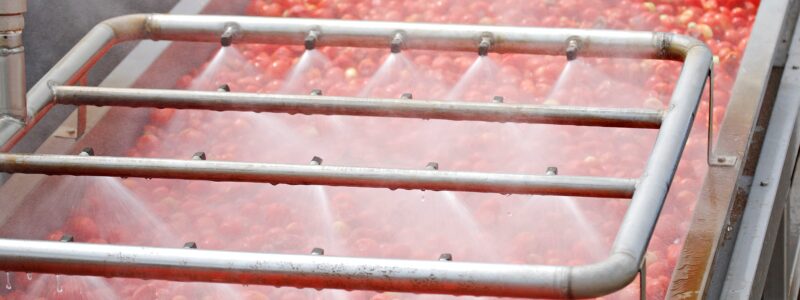The effects of the Coronavirus pandemic are far from over. Though most Manufacturing Companies are in the midst of a gradual return to the workplace, they continue to face risks from further outbreaks. Supply chain partners, investors, and other stakeholders are watching carefully to ensure that when businesses do reopen, they manage employee safety and business risk.
Many agricultural, food and beverage processors were already under scrutiny for workforce protections. But COVID-19 has focused further attention on employee retention and safety procedures, at whatever cost.
“The reality is harsh. We have a manufacturing client whose employee reported to work with a 102 degree fever. He desperately needed the money to feed and support his family, and felt there was no other option,” says Bryce Gibbs, partner at K·Coe Isom. “Many employees need the work to survive. However, this puts businesses at incredible risk, as they could be taking the hit in the longer term via a rise in workers compensation claims and increased costs – or even a potential shutdown of operations if the virus spreads.”
Manufacturers need to be able to supply product, and most are highly dependent upon employees to deliver the product to end users and customers. “We have learned that when even one small part of the supply chain breaks down, it has the potential to have a huge impact across the entire industry,” notes Gibbs. To alleviate the risk to employees, and avoid any detrimental or costly effects, K·Coe’s sustainability advisors recommend these three crucial steps right now.
3 Steps for Managing Risk alongside COVID-19
- Assess your facility’s potential for risk. Measure your current Key Performance Indicators (KPIs) and identify any problems. Manufacturers should be able to communicate risk to outside investors and customers.
- Evaluate readiness to manage risks and make good decisions. Perform a thorough appraisal of your operational performance and whether it is reflecting current risks, and be prepared to mitigate potential risks.
- Implement procedures to decrease risks and support employee health. Be proactive with best practices – they should be captured, monitored and measured.
If you’re less than confident in your facility’s preparedness to operate during COVID-19, K·Coe’s business sustainability advisors can provide a comprehensive facility evaluation and risk assessment to ensure your operations get back online, and are managed appropriately.







